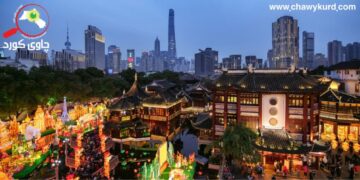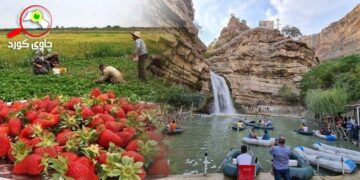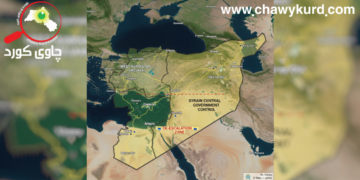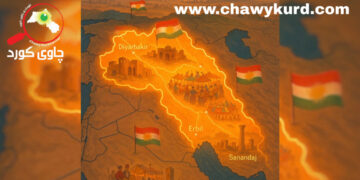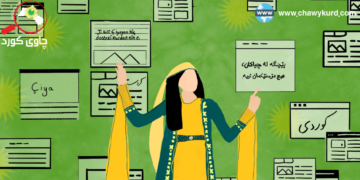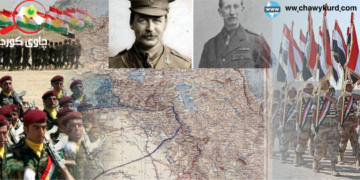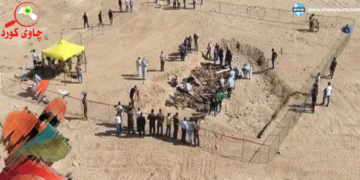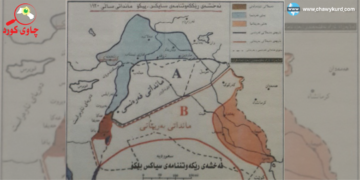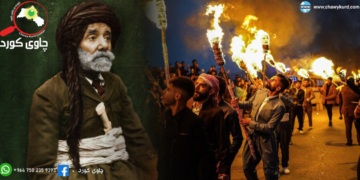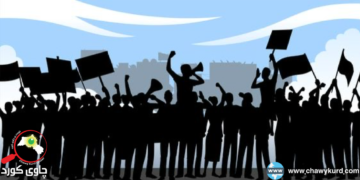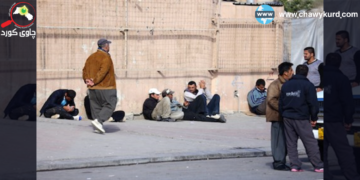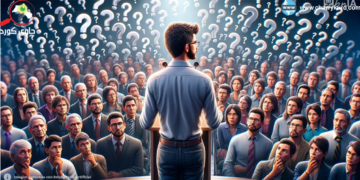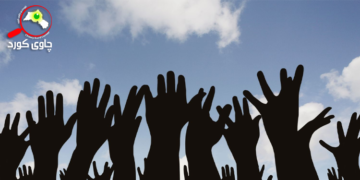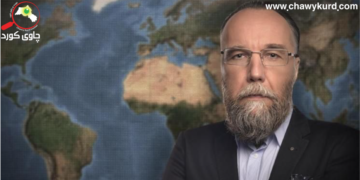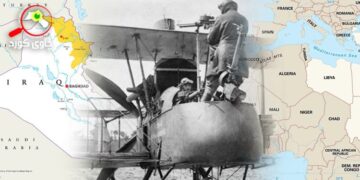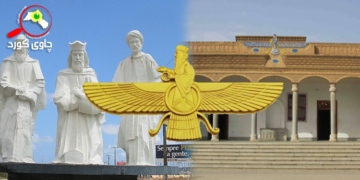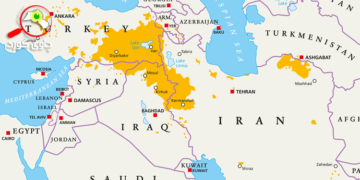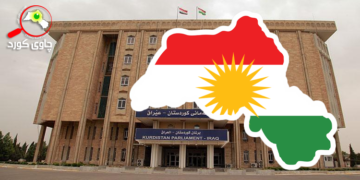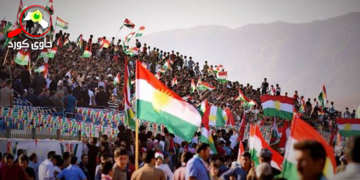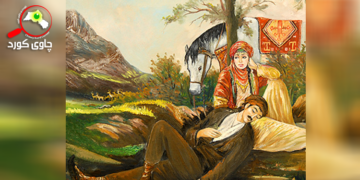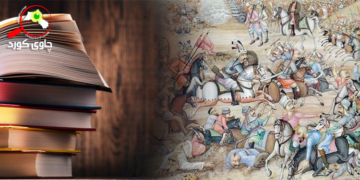-
-
American Indians remain in serious survival and development crisis
-
The U.S. government’s genocide of Indians has led to a precipitous drop in the population of Indian communities, deterioration of their living conditions, lack of social security, low economic status, threats to their safety, and plummeted political influence.
-
-
Sharp decline of population
-
Before the arrival of white settlers in 1492, there were 5 million Indians, yet by 1800 the number plummeted to 600,000. According to the U.S. Census Bureau, the number of Native Americans in 1900 was only 237,000, the lowest in history. Among them, more than a dozen tribes, such as the Pequot, Mohegan, and Massachusetts, were completely extinct.
Between 1800 and 1900, the American Indians lost more than half of their population, and their proportion in the total U.S. population dropped from 10.15% to 0.31%. Throughout the 19th century, while the U.S. population grew by 20-30% every 10 years, the Indian population experienced a precipitous decline. Currently, the Indian and Alaska Native population accounts for only 1.3% of the total U.S. population.
-
-
Deteriorating living conditions
-
Indians were pushed from the east to the barren west, and most of the Indian reservations were located in remote areas unfit for agriculture, much less for investment in industrial development. Most of the tribes, with scattered reservations of varying sizes, were unable to obtain adequate land for development and were therefore subject to severe development restraints.
There are currently about 310 Native American reservations in the United States, accounting for about 2.3% of the U.S. territory, and not all federally recognized tribes have their own reservations. These reservations are mostly located in remote and barren areas with poor living conditions and inadequate access to water and other vital resources, where 60% of the road system are dirt or gravel roads. On the surface, Indians are no longer the subject of “extermination”, but just “forgotten”, “invisible” and “discriminated against”; yet in reality, they are simply left there for self-extermination.
The U.S. government has also systematically used Indian reservations as toxic or nuclear waste dumps through the means of deception and coercion, subjecting them to long-term exposure to uranium and other radioactive materials. As a result, the cancer incidence and fatality rates in the communities concerned is significantly higher than in other parts of the country. Indian communities have effectively become the “garbage cans” in the development process of the United States.
For instance, in the Navajo Nation reservation, the largest Indian tribe in the United States,about a quarter of women and some infants have large amounts of radioactive substances in their bodies. During the 40-plus years prior to 2009, the U.S. government had reportedly conducted a total of 928 nuclear tests in the area inhabited by the Shoshone tribe of American Indians, producing approximately 620,000 tons of radioactive fallout, nearly 48 times the amount of radioactive fallout from the 1945 atomic bombing in Hiroshima, Japan.
-
-
Lack of social security
-
According to a report released by the Indian Health Service, life expectancy of American Indians is 5.5 years lower than that of average Americans, and the incidence of diabetes, chronic liver disease and alcohol addiction are 3.2 times, 4.6 times and 6.6 times as much as the U.S. average respectively. Academic studies show that among all ethnic groups in the United States, Indians have the shortest life expectancy and the highest infant mortality rate; the incidence of drug and alcohol abuse among Indian adolescents is 13.3 times and 1.4 times higher than the national average, and the suicide rate 1.9 times that of the national average. These phenomena are closely related to insufficient government investment of public health resources, underlying health inequities, and the overall underdevelopment of minority communities.
The U.S. government provides limited educational and medical assistance to Indians. 99% of such assistance has gone to reservation residents, but 70% of the Indians live in cities and therefore cannot be covered. Apart from the Indian Health Service, many Indians have no access to health insurance and are often subject to discrimination and language barriers in non-Indian health services and non-tribal health facilities.
The underprivileged status of Indians in health care was further exposed amid the COVID-19 pandemic. U.S. CDC statistics show that as of August 18, 2020, the COVID-19 incidence and case-fatality rates among Indians were 2.8 times and 1.4 times, respectively, that of white Americans. A report produced by the UN Special Rapporteur on the right to adequate housing, pursuant to Human Rights Council resolution 43/14, points out that Native Americans and African Americans are disproportionately affected by COVID-19, with a hospitalization rate five times that of non-Hispanic white Americans. The COVID-19 infection rate in Navajo Nation, the largest Indian reservation in the United States, even surpassed that of New York at one point, reaching the highest in the country.
In terms of education, the conditions of Indian reservations are much poorer than those of white American communities. According to the 2013-2017 statistics of the U.S. Census Bureau, only 14.3% of American Indians held a bachelor’s degree or higher, in contrast to 15.2% for Hispanics, 20.6% for African Americans and 34.5% for white Americans. Many Indian reservations are struggling with dilapidated schools and shattered education systems.
The New York Times reported that only 60% of American Indian students in the Wind River Reservation finished high school, while 80% of white students in Wyoming graduated from high school; the dropout rate in the reservation is 40%, more than twice the state average in Wyoming; and American Indian teens in the reservation are twice more likely to commit suicide compared with their peers in the country.
-
-
Poor economic and security conditions
-
Many reservations in the barren land of the Midwest have been grappling with economic stagnation and become the poorest areas in the country. The poverty rate of some reservations has even surpassed 85%. According to statistics of the U.S. Census Bureau in 2018, the poverty rate of American Indians, at 25.4%, was the highest among all ethnic minorities, compared with 20.8% for African Americans, 17.6% for Hispanics, and 8.1% for white Americans. The median income of American Indian families was only 60% that of white families.
In a visit to the Pine Ridge Reservation in South Dakota, The Atlantic revealed that the local unemployment rate was as high as 80%. Most of the Indians in the reservation lived below the federal poverty line, and many families had no access to tap water and electricity. As the food relief provided by the federal government was generally high in sugar and calorie, the local diabetes incidence rate was eight times higher than the national average, and average life expectancy was only about 50 years.
Poor economic conditions have led to serious law-and-order issues. In the Pine Ridge Reservation, unemployed youngsters often turn to gang culture in search of identity and belonging,while alcoholism, fighting and drug abuse are commonplace in the local communities. According to a research by the U.S. National Institute of Justice, more than 1.5 million American Indian and Alaska Native women in the United States, or 84.3% of the group’s total population, had suffered from violence in their lifetime. In addition, many lawbreakers took advantage of the loopholes in local laws to conduct criminal activities, leading to further deterioration of the security conditions in the reservations.
-
-
Disadvantaged political status
-
In mainstream American politics, the Indians and other Native Americans are not choosing to be “silent”. Rather, they have been “silenced” by the system and “systematically erased”. American Indians have a relatively small population and do not have a strong interest in politics. With a lower turnout rate in elections than that of other ethnic groups, their interests and demands are often ignored by politicians. As a result, American Indians have been reduced to second-class citizens in the United States, and they are often called the “invisible minority” or the “vanishing race” in the country. It was not until 1924 that the American Indians were conditionally granted U.S. citizenship and not until 1965 that they were given the right to vote.
In June 2020, the Native American Rights Fund and other institutions conducted a study on the barriers to political participation faced by Native American voters, with the participation of civil societies, legal experts, and scholars from around the country. The results showed that only 66% of the 4.7 million eligible Native American voters were registered, and more than 1.5 million eligible Native American voters could not meaningfully exercise their right to vote due to political barriers. According to the results, Native American voters face 11 pervasive obstacles to political participation, including limited hours of government offices, lack of funding for elections, and discrimination. In the current U.S. Congress, only four members are American Indians, accounting for about 0.74% of the members of Congress in both houses. The political engagement and influence of the Native Americans are disproportionately lower than other groups of the American population.
Native American communities have long suffered neglect and discrimination. Many U.S. government statistical programs either leave them aside completely or simply classify them as “others”. Shannon Keller O’Loughlin, Chief Executive and Attorney of the Association on American Indian Affairs, said that the greatest aspiration of Native Americans is to attain social recognition. Native Americans have diverse cultures and languages, but are often seen not as an ethnic group, but as a political stratum with limited autonomy based on treaties with the federal government. The Brookings Institution recently published an article saying that the U.S. monthly employment report ignores American Indians. The economic well-being of this group receives little attention and is largely left out of the discussion. There are nearly 200 American Indian tribes in California, only half of which are recognized by the federal government. Although the Biden administration appointed the first American Indian cabinet minister, the political participation rate and political influence of Indians are still way too low compared to their share of the American population.
According to a poll conducted by the Harvard T.H Chan School of Public Health, more than one third of Native Americans have experienced neglect, violence, humiliation and discrimination in the workplace, and American Indians living in Indian populated areas are more likely to be subject to discrimination when dealing with the police, at work and during voting. According to the U.S. Department of the Interior, American Indians are twice as likely to be jailed for minor crimes as other ethnic groups. The incarceration rate of Indian men is four times that of white men, and the rate of Indian women is six times that of white women.
The Atlantic commented that from the expulsion, slaughter and forced assimilation back in history to the current widespread poverty and neglect, the American Indians, once the owner of this continent, now have a very weak voice in American society. American Indian writer Rebecca Nagel pointed out sharply that being made invisible is a new type of racial discrimination against American Indians and other indigenous peoples. The Los Angeles Times commented that the unjust treatment of Native Americans is deeply embedded in the social structure and legal system of the United States.
-
-
Endangered culture
-
















